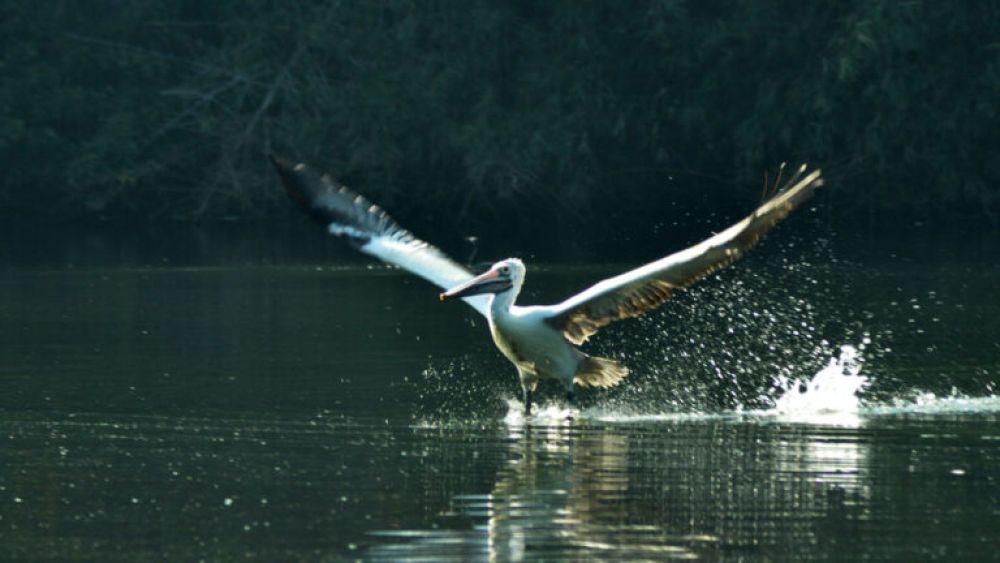

The Water Bird Sanctuary in Rameswaram is a haven for birdwatchers and nature enthusiasts alike. Situated in the southeastern part of Tamil Nadu, India, this sanctuary has become a significant spot for both migratory and native birds. Its history as a tourism destination is relatively recent when compared to the ancient pilgrimage legacy of Rameswaram itself, which is primarily known for its spiritual significance and the iconic Ramanathaswamy Temple.
Rameswaram has been a pilgrimage hotspot for centuries, and while its historical focus was largely on spirituality, the natural surroundings have always played a critical role in framing the area as a peaceful retreat. However, the formal recognition of the Water Bird Sanctuary is a more recent development, with efforts primarily driven by the awareness of the ecological importance of the region and conservation needs.
The Water Bird Sanctuary in Rameswaram was officially designated as a protected area due to the variety of bird species that flock to its wetlands. Increasing environmental consciousness and interest in avian species have aided in its development as a tourist spot. Through the collective efforts of wildlife conservationists and the Tamil Nadu government, the sanctuary has been equipped with necessary facilities to not only protect bird habitats but also cater to the tourists who visit.
The sanctuary is home to a diverse array of birds, including herons, egrets, flamingos, and sandpipers, among others. The arrival of these migratory birds during different seasons is a spectacle that attracts visitors from around the world. The region's flora is equally fascinating, supporting the birds and creating a unique ecosystem. This synergy of biodiversity makes the sanctuary a living laboratory for environmental enthusiasts and researchers.
Eco-tourism is the latest trend that encapsulates the tourism activities around the Water Bird Sanctuary. There's an increasing number of visitors who are interested in sustainable travel options that contribute to the conservation of wildlife and support the local communities.
To enhance the visitor experience, local guides offer birdwatching tours, and several viewing towers have been erected for tourists to observe the birds without disturbing the habitat. Additionally, the best months for birdwatching in this sanctuary are between October and January, during which the sanctuary hosts the most significant number of migratory birds.
Ensuring the continuous attraction of both birds and humans, conservation efforts are ongoing. Authorities are consistently working on improving the sanctuary's conditions by regulating water levels, curbing pollution, and safeguarding the nesting sites.
The sanctuary is relatively accessible to tourists due to its proximity to the Rameswaram town center. Accommodations ranging from budget to luxury are available within driving distance, allowing for comfortable stays. Visitors can easily combine a trip to the Water Bird Sanctuary with visits to other nearby attractions in Rameswaram, offering a holistic experience of spirituality, culture, and nature.
The Water Bird Sanctuary Rameswaram is not merely a tourist destination but a pivotal ecosystem that showcases the harmonious balance between human interest and wildlife conservation. As tourism trends evolve, the sanctuary's reputation as a notable eco-tourism spot continues to flourish, inviting travelers to witness its avian wonders and participate in its preservation.